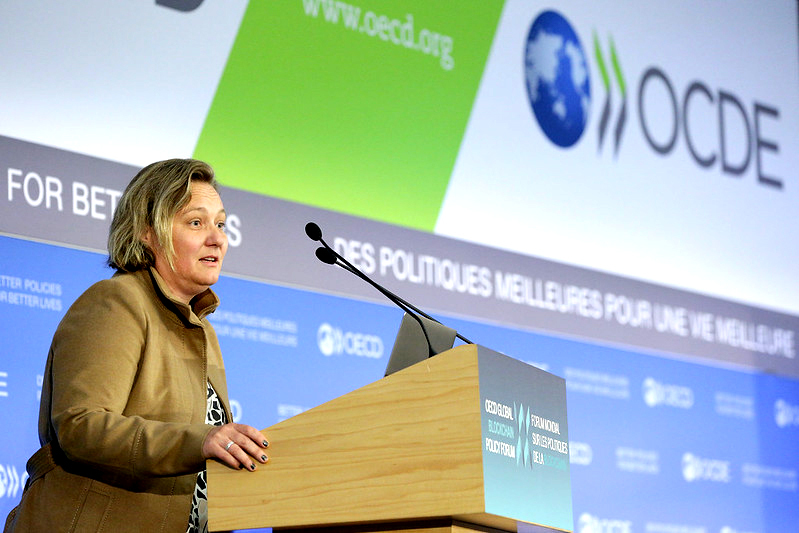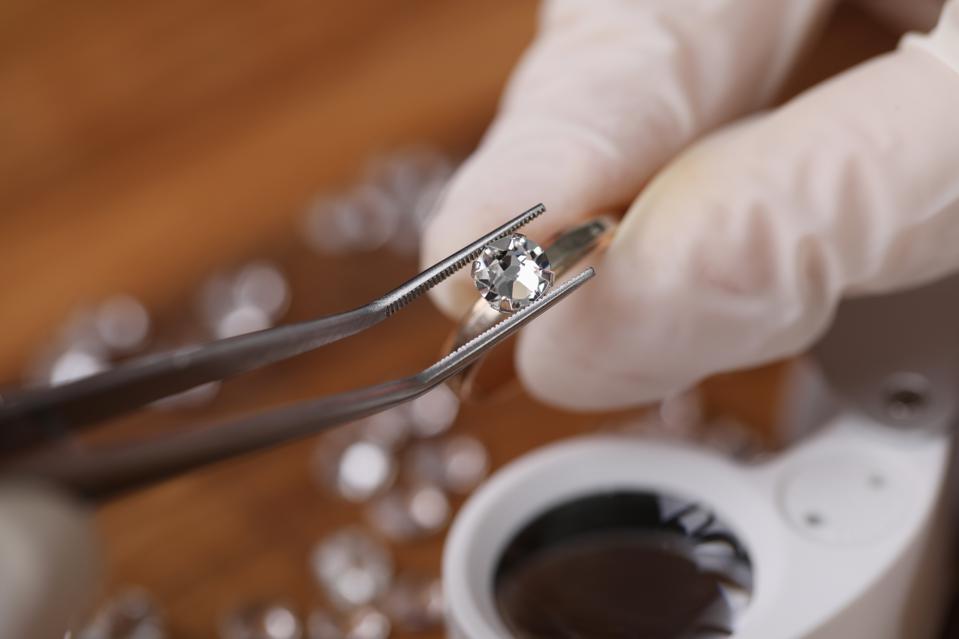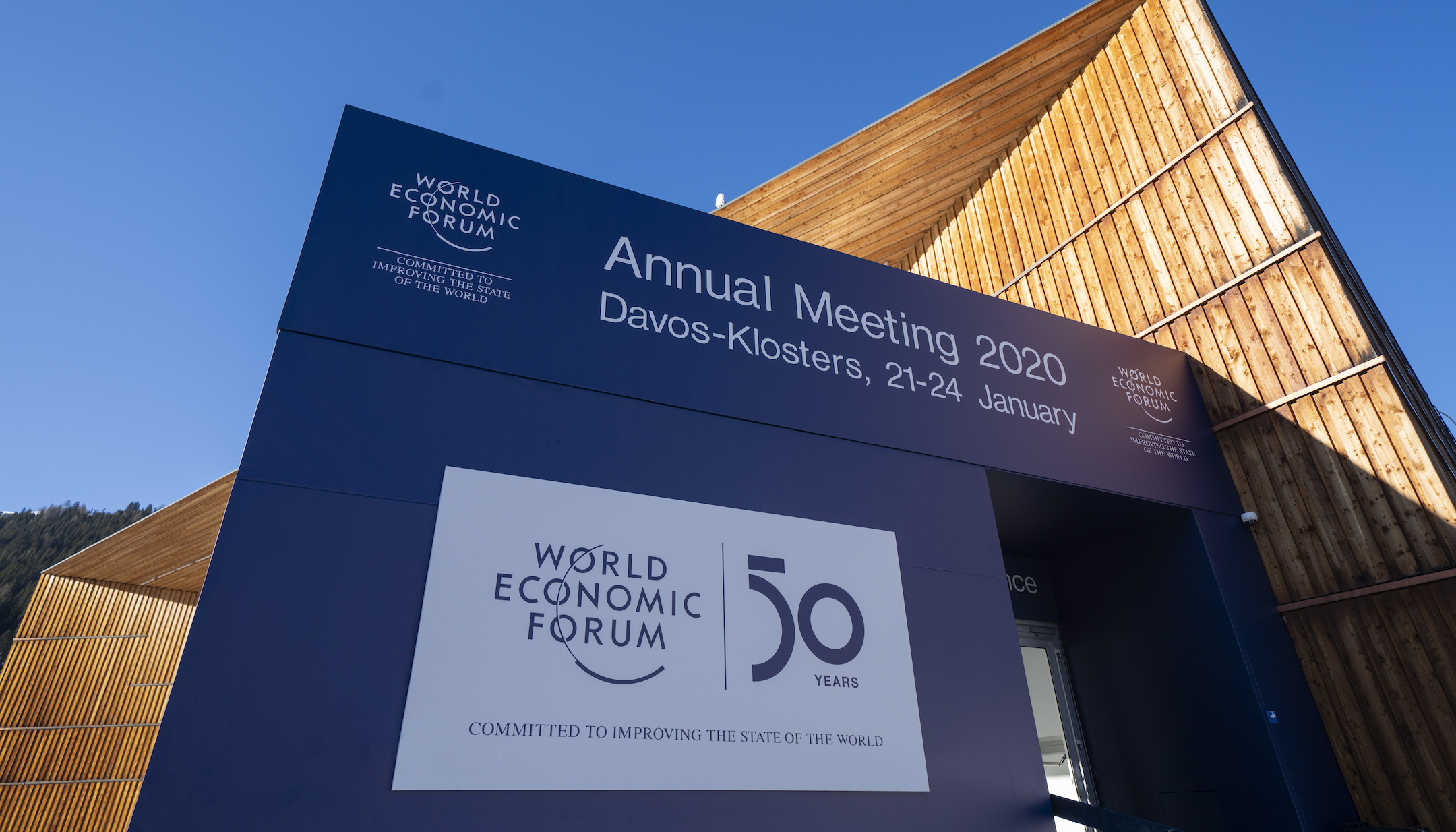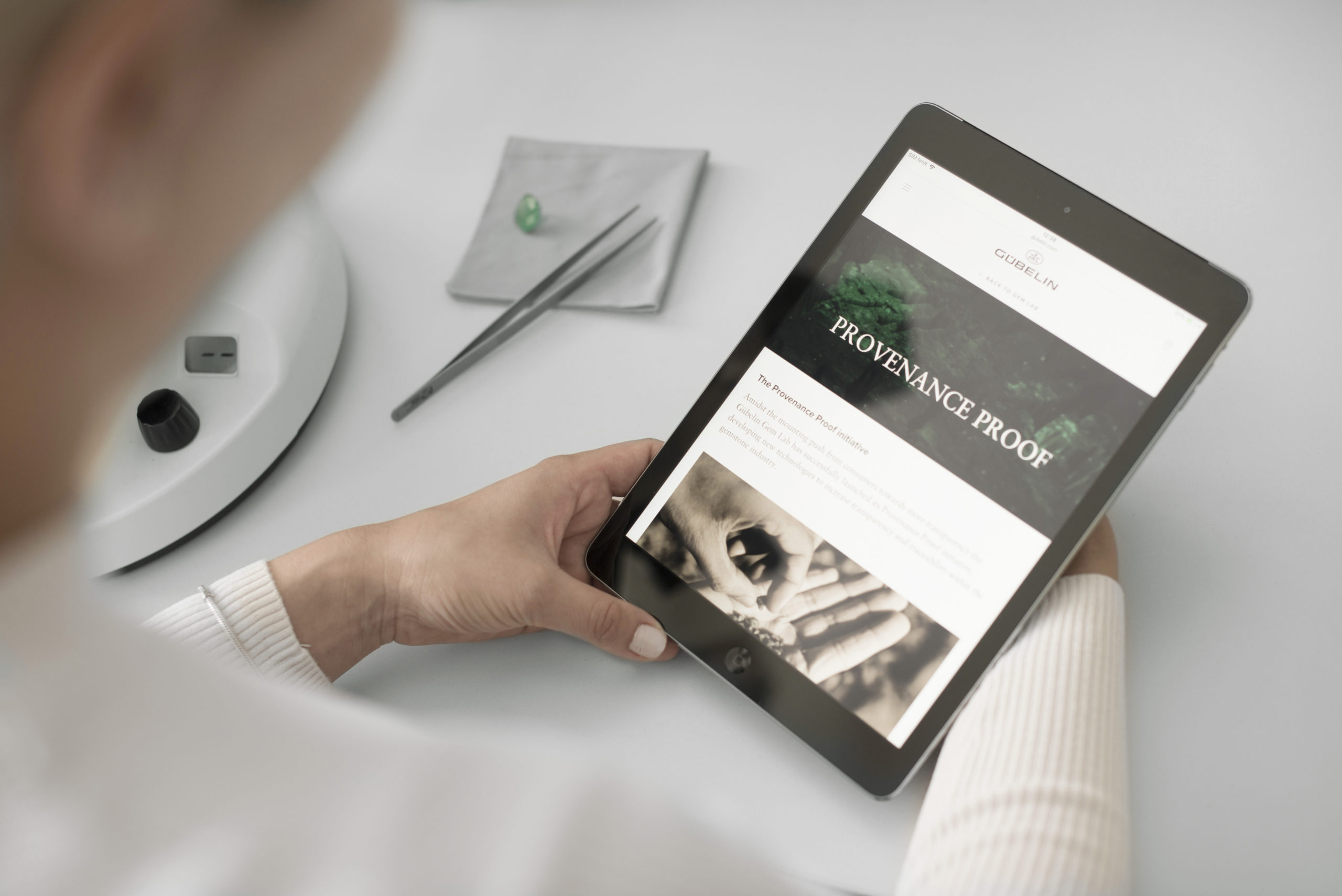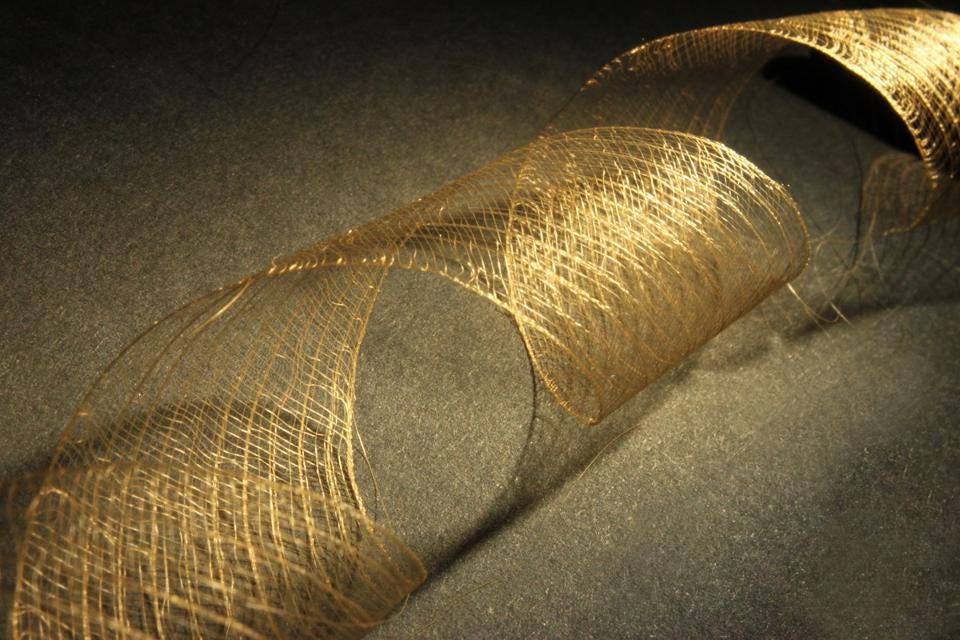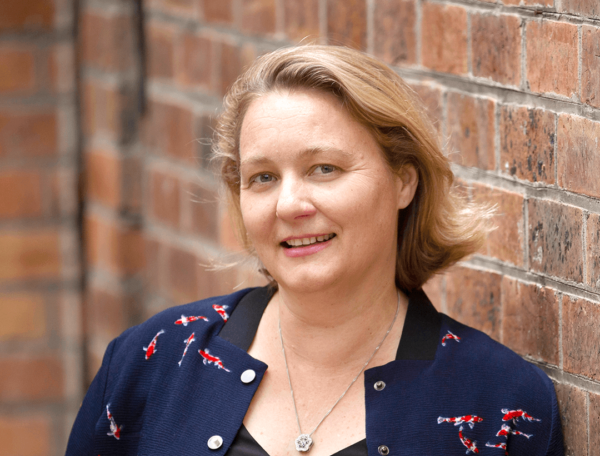Miranda Simmiss, product specialist and gemologist at Everledger, explains how provenance tracking is empowering female gemstone miners in Africa to gain a fairer deal.
The notion of provenance as a branding tool is hardly an original thought. Pick up a bottle of wine and there’s usually some eye-catching blurb about where and how it was made. The marketer’s job is to conjure a story that connects the consumer to the vintner who grew and trod the grapes.
Yet, this connection can be fleeting. Read the label, enjoy the story, make the purchase and then move on. People don’t always stop to think how true the story really is or whether the producer at the foot of the supply chain is being properly recompensed for their efforts. There’s no guarantee that the upsell from provenance is shared equally.
However, the provenance game is starting to change. Truth is becoming ever more important. Consumers are demanding a stronger connection. For luxury items especially, such as fine jewellery, buyers aren’t satisfied by a face-value promise on issues such as conflict-free gemstones, child labour and environmental impact. Telling is no longer enough. People need evidence and reassurance (read more on provenance blockchain company).
Transparency in Demand
This urgency for truth sparked the Provenance Proof Blockchain initiative, enabled by Everledger technology and run by the Gübelin Gem Lab, the world’s most respected institution for testing and identification of coloured gemstones. “Retailers and customers have begun demanding information that goes beyond the scientific data that we can provide in the gemological laboratory,” explained Klemens Link, head of development at Gübelin. “What were the working conditions for the miners? Were they receiving a fair price, so they could feed their families? Without trackability and transparency, there is no trust.”
At the same time, Gübelin recognised that many mining companies, associations and cooperatives were going the extra mile when it came to fairness and sustainability. They had a good story to tell, but they lacked the medium to tell it in a convincing fashion. The poignancy was lost in the pipeline before it reached the consumer.
“Digital technology has bridged the gap,” added Klemens. “We always wanted a kind of digital logbook for each and every gemstone, which could be passed from one stakeholder to the next along the value chain, from artisanal miner to consumer. Built and operated by Everledger, this platform is now the first comprehensive and fully functional blockchain dedicated for coloured gemstones.”
Launched at the beginning of 2019, Provenance Proof is now applied on thousands of stones, and is used by many registered companies, single users and miners. Free of charge, and without the need for complex software, the technology is designed for practical usage in often remote communities around the world.
The gemstone blockchain creates a line of sight between the artisanal miner and end customer. Once you have that human connection, a lot of exciting changes start to happen. The provenance story grows in shape and quality, becoming a dynamic force for good along the gemstone pipeline, as well as an effective marketing tool for miners and retailers alike.
Fair Trade?
Globally, there are approximately 20 million artisanal miners. In fact, 80% of coloured gemstones are mined by artisanal miners. Female gem miners in East Africa often don’t receive a fair share for the value they bring to the industry. They make up nearly half of the workforce, yet they fall far behind their male counterparts in terms of access to markets, access to education about gemology and basic business skills, as well as the price received for their hard-won gemstones.
Mining consultant Monica Gichuhi promotes responsible sourcing of minerals through her Africa Gem Exhibition and Conference (AGEC) initiative. “The trading of gems remains a male-dominated environment,” she explained. “When it comes to haggling over price, women tend to take a back seat, even if they own the stone. Women are often bulldozed in the negotiation, especially if they lack the confidence and training to make their case. A lady might say: how much will you give me for my sapphire? While a man would say: this is how much it is worth, take it or leave it. By registering her gems on the Provenance Proof Blockchain, women can raise their profile and self-esteem too.”
The blockchain also starts to generate demand for artisanal miners, which is something the industry has waited for a very long time. “The end consumer, wherever in the world, can take pride that their necklace or bracelet contains a stone that was mined by a certain Mama Salma in Zambia or a Miss Behati in Tanzania,” added Monica. “One day, consumers may even be able to show gratitude and tip them directly for their work, using the blockchain. The women too understand the commercial power of this technology.”
The original miner gains visibility on the blockchain, and therefore grows their value in the value chain. Rather than a footnote, they are part of the main narrative. “That visibility is very important,” said Klemens. “The miner writes the first chapter of the story and nobody can change or abridge it. She can’t be erased from the story. Those at the start of the chain benefit from direct marketing in a very easy and convenient way.”
Virtual confidence
The COVID-19 pandemic has further demonstrated the importance and potential of blockchain in empowering artisanal miners. Faced with the need for virtual trading, buyers can be sure that the stone was sourced where the vendor says it was. Of course, this adds another string to the vendor’s bow in terms of selling power. The next step is to create a blockchain-enabled marketplace, whereby buyers can compare stones from, say, Madagascar, Zambia and Tanzania. All the while, vulnerable communities are growing their profile in the industry, whilst developing additional skills in IT, gemology and commerce.
Charles Lawson, who runs Lawson Gems, is a champion of responsible gemstone trading among remote communities in Africa. As part of his training initiative to improve the livelihood of sapphire miners in Madagascar, he is also helping women to register their gems on the Provenance Proof Blockchain.
“One of our students approached me with a teacup of stones,” he recalled. “There were a couple of nice stones mixed in with smaller, flawed ones. Usually, a buyer would cherry pick the good ones and leave her with the middle or low-grade stones. She might have bags of them, all worthless. I wanted to see if this teacup could provide a different kind of story, so I bought her whole collection. By turning her teacup into a single, beautiful piece of jewellery, we could write a story that would capture the imagination of designers and buyers. The blockchain allows stories like this to be told with authenticity. The official Gübelin certification adds an upsell in itself.”
Cord of Truth
Susan Wheeler, a US-based designer who crafts responsible jewellery to further the United Nations Sustainable Development Goals, is energised by stories such as Charles’ teacup. “An authentic narrative adds a richness to the finished jewellery piece, which I can then pass onto the customer,” she said. “Stories come from all the way along the pipeline – including traders, cutters and polishers – and their details add texture to the experience of owning and wearing an item of beautiful jewellery.”
She is excited to see how blockchain continues to fortify the creative process, by bringing designers and miners closer together. Working in Zambia, Susan has enjoyed the opportunity of communicating directly with miners, buying the rough gems and having them cut to measure. “Modern jewellery designers often have a disconnect from where our stones come from,” she said. “In the old days, the high jewellery houses would buy large gems and have them cut to meet designs. This was all documented in beautiful illustrations. Now, we tend to get what we’re given by wholesalers. That’s not good enough!
“As designers, we want to have a say in everything. By establishing provenance, we can trace stones back to the root of the value chain. My story starts to interweave with the female miners, which is really revolutionary. It puts real heart and soul in the finished article.”
By drawing a cord of truth between miners and consumers, blockchain is helping the gemstones industry to turn a corner. Jewellery now has the potential to empower vulnerable women like never before. There is still a long way to go, but the blueprint is set for others to follow.
Watch the Provenance Proof webinar recording and find out more about the project.

